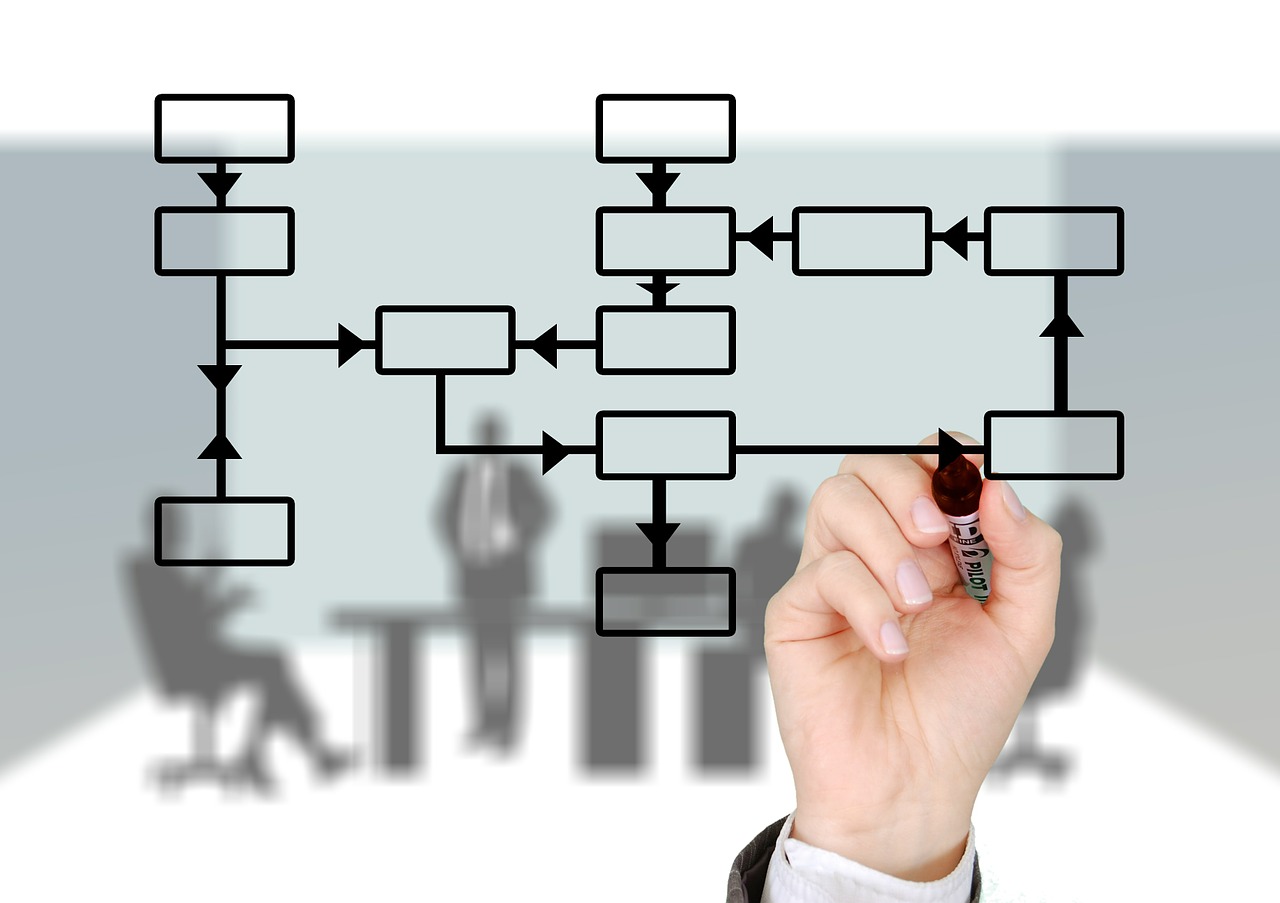

The financial instability and highly volatile markets of the past few years have challenged many companies in how they approach their internal organization. With profit margins getting thinner, businesses found themselves forced to look for ways to increase efficiency and save costs. This has naturally affected treasury departments and their cash management functions¹. Eager to counteract losses, companies’ first reaction was to cut staff, functions and expenses, leaving those departments no choice but to figure out how to handle the same volume of work with less.
A solution: Treasury Automation
Automation of treasury essentially consists of replacing all the non-value-added work such as manual data entry in different systems, labor-intensive procedures and repetitive tasks by automated processes. Work is also to be done on the overall infrastructure in order to connect, via a comprehensive treasury management system (TMS), all the platforms that treasurers use, such as ebanking, ERPs, and trading platforms.
Moreover, improved TMS give treasurers the necessary tools to help them handle their constantly growing functions. Treasury teams, in recent years, have become increasingly involved in decision-making, strategy, analytics and financial optimization, and have further extended into areas such as mergers & acquisitions².
What about the challenges?
Integrating systems is a rather expensive investment in itself. Some CFOs are not convinced that it is worth the cost, and many medium-sized companies’ treasurers admit they still work with 50 to 100 error-prone spreadsheets that they assess to be less than 80% reliable³.
The direct benefits of treasury automation are indeed difficult to measure precisely or quantify, although improvement is quickly visible: payments solutions, reconciliation and confirmations now only need limited manual intervention. Cash managers can count on the new system for real time balance information, financial risk evaluation and hedging exposures execution4. Consequently, integration enhances the access to information, increases the cash flow visibility and enforces controls.
However, companies should be aware that a 100% complete automation through a “single-system solution” is hard to achieve. The obstacles usually come from inadequate systems, or the existence of multiple ERPs and fragmented data sources, making it difficult to centralize operations and have a clear visibility on the overall processes. These issues need to be addressed before implementing automation.
How does a company automate its treasury?
If a company should start an integration process to upgrade from hard copy orders and fax confirmations to rapidly-processed transactions and electronic remittance advices, to implement e-invoicing practice or to manage trading risks, it will have to first ensure it has the level of technology to support the processes. This means that it might need to upgrade its material and make changes in the IT department.
Then, it must identify its own needs and discuss the costs and benefits of the project. Next, it will have to choose a software program by evaluating the different packages available in the market, and take into account the program’s suitability to the nature of the business. It will have to choose a provider. Here, a good relationship and sense of customer service is vital, since automation projects can take months or years to be completed. The company must then plan the implementation, follow up and distribution of tasks.
Once the system is installed by IT specialists, the company must undertake all the actions related to migration and adaptation of data, perform intensive tests prior to going “live”, and finally, launch the system and make regular reviews to adjust it if needed.
Treasury automation does require an up-front investment and a bit of logistic work to put it in place, but the benefits can outweigh the inconveniences. Among the benefits, it allows treasurers to spend more time on strategic analysis and risk anticipation for the company as a whole, enabling them to focus on more value-added tasks. In this sense, integration is critical to any business wishing to improve governance.
References:
¹Both terms are usually considered as synonyms however they are slightly different. Indeed, while 'treasury' designates the management of the company’s funds, banks, currencies and is active in financial investments, foreign exchange risk control and strategic advisory, 'cash management' - a subfonction - focuses on processes and procedures to handle actual cash and make it available on time, ensuring good execution of payments and collection of receivables.
²2015 Global Corporate Treasury Survey, Deloitte
³Five steps to a more effective global treasury, McKinsey
4Treasury Management Systems Overview, 2013 Edition, Ernst & Young
Photo credit: geralt via Pixabay, CC0 Public Domain License
Considering what you have written, does this mean that treasury automation is condemned to remain the preserve of multinationals and other large organisations? Indeed, have other entities - public, not-for-profit etc - also already adopted this idea?
Not at all. As we all know, many non-profit organizations make money. However they have the obligation to reinvest the extra cash somewhere and thus could spend it on improving their systems.
Also, companies can chose how much to allocate to treasury automation : if they dont want to undertake a 50-80k project for a full integration (involving programmers and IT), they can chose to automate only 30% or 40% of the tasks and pay less.
The challenge has more to do with mentalities: people fear changes, are afraid to lose their jobs and prefer to stay in their routine instead of taking risks and try sth new
After having thoroughly read your brief on treasury automation, it seems to me that a company has to think about both sides of the coin when deciding whether or not to go that route. On one end it saves labor burden, is convenient for the customers and prevents so many human errors. While on the other, it's time consuming up front and requires a lot of investments.
So many business found that even after automating their fund movements and services, they still had the need to hire employees to explain some details, to manoeuver the data, to issue dasboard reports and to respond to customers needs.
Treasury is a critical function in any business or organisation. I think that reducing the probability of errors improves all commercial and financial decision making processes almost by default.
Companies and all type of organisations that deal with multiple locations and currencies would certainly benefit from a treasury automation that helps to create and to maintain a more robust cash flow.